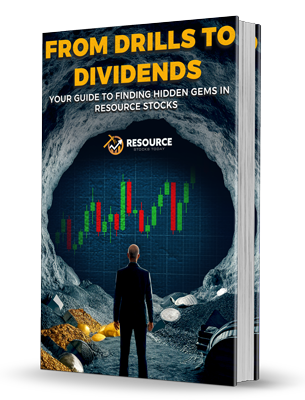The case for gold continues to strengthen as a robust hedge against uncertainty, regardless of the outcome of the upcoming U.S. presidential election in November. Ole Hansen, Head of Commodity Strategy at Saxo Bank, argues that a combination of geopolitical risks, fiscal policy uncertainties, and potential shifts in monetary policy make gold a compelling investment for traders looking for stability in volatile markets.
Gold has shown impressive performance this year, surging over 20% year-to-date and reaching a peak of $2,531.75 in August. Hansen notes that gold’s strong upward momentum has been driven by a mix of economic and political factors. “Gold has significantly outperformed the S&P 500 and Nasdaq 100 indices, rising over 21% as of September 10, while the S&P 500 gained just under 15% and the Nasdaq 100 only 12.5%,” Hansen highlights. As traders brace for potential post-election market volatility, Saxo Bank remains bullish on gold, expecting this trend to continue through 2025.
Key Drivers for Gold’s Continued Upside
1. Fiscal Uncertainty Amid the U.S. Presidential Election:
The first factor bolstering the case for gold is the political and fiscal uncertainty surrounding the upcoming U.S. presidential election. Hansen points out that both the Trump and Biden administrations have previously expanded federal deficits aggressively, with U.S. debt now exceeding 120% of GDP. This trend is expected to persist regardless of which party assumes office, heightening inflation concerns—a scenario favorable for gold.
A potential Trump victory could see further tax cuts without credible plans to reduce spending, while a Harris administration would likely extend existing expansive fiscal programs. Either way, an economic slowdown under both administrations could lead to widening deficits, increasing pressure on the Federal Reserve to adopt a more dovish stance on monetary policy.
2. Gold’s Safe Haven Status in a Potential Downturn:
Hansen emphasizes gold’s traditional role as a safe haven during periods of economic instability. The bond market, particularly the recent “dis-inversion,” suggests that investors are bracing for a downturn, with expectations of Federal Reserve rate cuts on the horizon. A dis-inversion, where short-term yields drop below long-term yields, signals market anticipation of rate cuts, enhancing gold’s appeal as a low-risk asset.
3. Upcoming Fed Rate-Cutting Cycle:
Another significant factor supporting gold is the anticipated monetary policy decisions by the U.S. Federal Reserve. Hansen notes that whether the U.S. economy faces a minor slowdown or a full-blown recession, the Fed’s rate-cutting cycle will begin at the Federal Open Market Committee (FOMC) meeting on September 18. Lower interest rates are likely to boost gold’s attractiveness by reducing the opportunity cost of holding non-yielding assets. Historically, gold tends to perform well in a declining rate environment, offering a valuable hedge against future economic uncertainty.
4. Geopolitical Risks and De-Dollarization Trends:
The broader geopolitical landscape, marked by rising tensions, de-dollarization efforts by central banks, and global economic uncertainty, continues to drive demand for gold. Hansen points out that central bank purchases and robust retail demand, particularly in markets like China, are sustaining gold’s upward trajectory. The possibility of a Trump administration following through on significant tariff threats could further intensify this trend, as countries increasingly seek to transact outside the U.S. dollar system.
Conclusion: Gold as a Strategic Hedge for Uncertain Times
The confluence of geopolitical risks, fiscal challenges, and anticipated shifts in U.S. monetary policy creates a solid bullish case for gold as a safe asset, especially in the wake of the upcoming U.S. presidential election. While gold should be viewed primarily as a tool for preserving value rather than generating outsized real returns, its role as a hedge against inflation and policy-driven volatility remains unmatched. Over the past decade, gold has delivered an average annual return of 8.4% in U.S. dollars, consistently outpacing inflation and offering a stable store of value for long-term investors.















